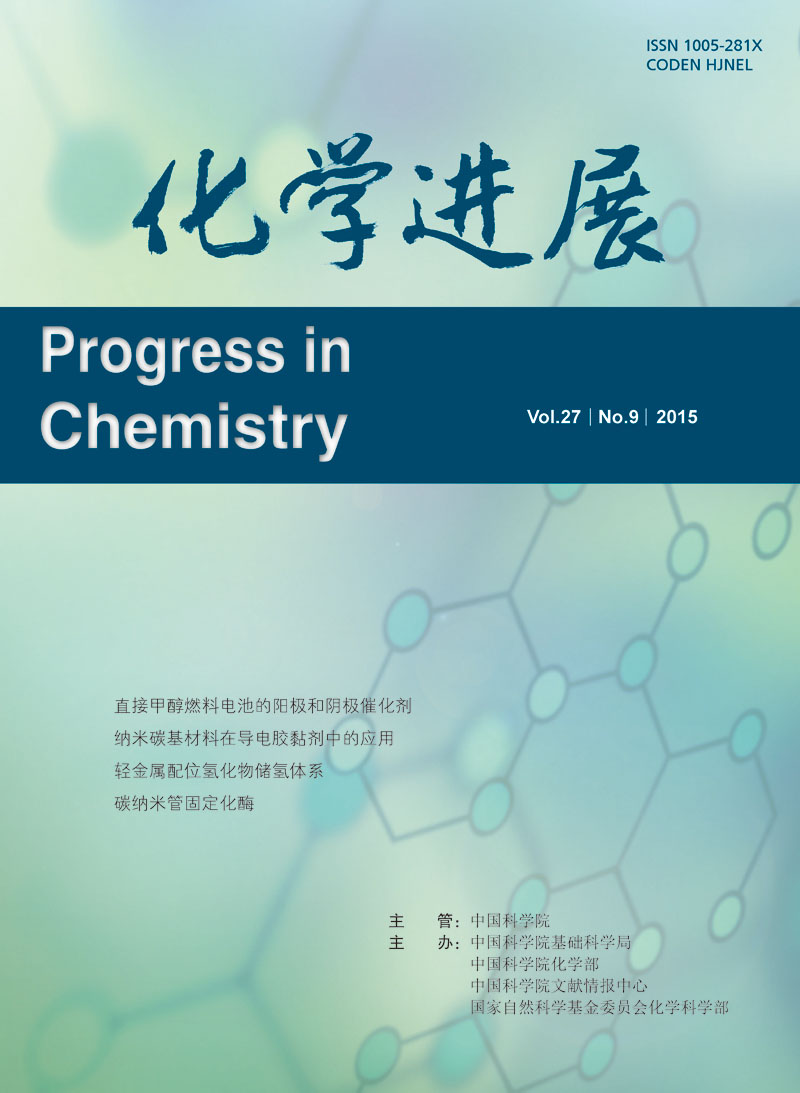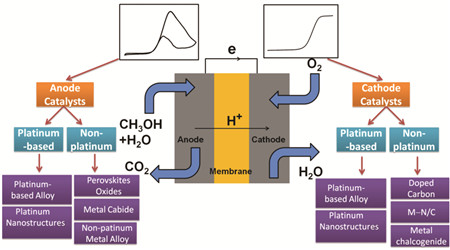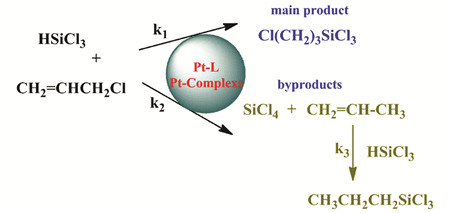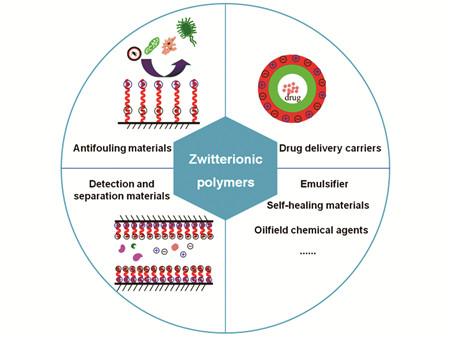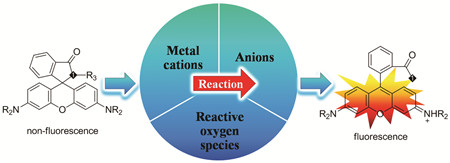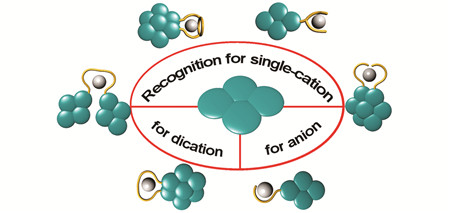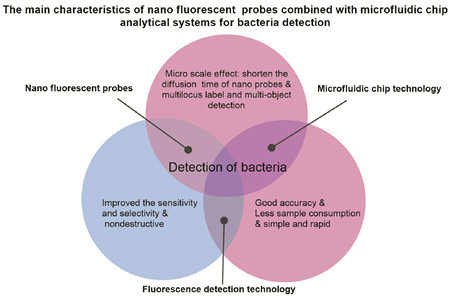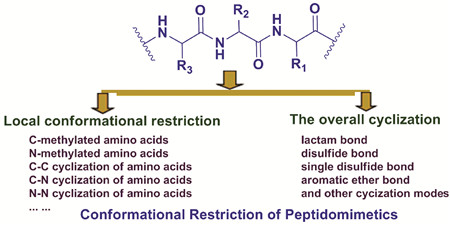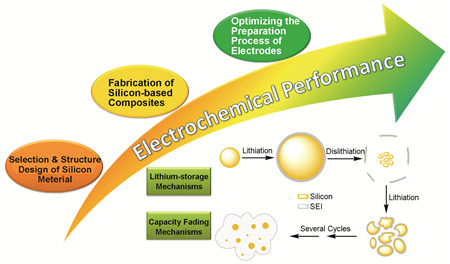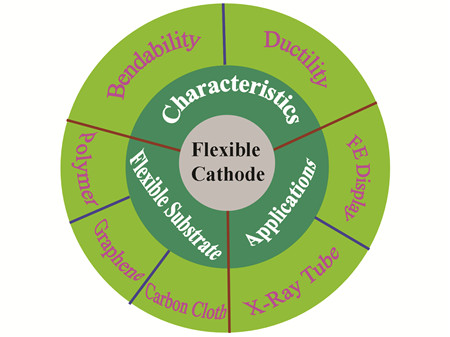Fu Yang, Yan Fanyong, Zheng Tancheng, Mu Xueling, Sun Fengzhan, Chen Li. Reactive Rhodamine Fluorescent Probes[J]. Progress in Chemistry, 2015, 27(9): 1213-1229.
Abstract
Compared with the traditional fluorescent probes based on non-covalent bond supermolecular interactions, the identification process of reaction fluorescent probes is a chemical reaction with the target compound to change the spectral properties or color, thus different structures of the photoactive compounds are generated. In recent years, reactive fluorescent probes are mainly three types of chemical reactions, including the substrate and the receptor are connected through covalent bond; substrate as a catalyst occurs irreversible reactions with the receptor; the substrate coordinates with the receptor based on replacement reacting. Because of the advantages of using the selection of a particular substance reaction, reactive fluorescent probes provide a convenient, quick, specific method to detect target, with high sensitivity and selectivity. In the review, the latest research progress of reaction-based rhodamine fluorescent probes to detect the metal cations, reactive oxygen species and anions to induce β-lactam ring-opening in the past six years is reviewed, and the relationship between the structure and the detection performance of the probes is introduced. In addition, the application prospect and development trend of fluorescent probes are prospected.
Contents
1 Intorduction
2 Reaction-based fluorescent probes for cations
2.1 Reaction-based fluorescent probes for Cu2+
2.2 Reaction-based fluorescent probes for Hg2+
2.3 Reaction-based fluorescent probes for Fe3+
2.4 Reaction-based fluorescent probes for Pd2+
2.5 Reaction-based fluorescent probes for Ag+ and Au3+
3 Reaction-based fluorescent probes for reactive oxygen species(ROS)
3.1 Reaction-based fluorescent probes for ClO-
3.2 Reaction-based fluorescent probes for HO·
3.3 Reaction-based fluorescent probes for H2O2
4 Reaction-based fluorescent probes for anions
5 Conclusion




